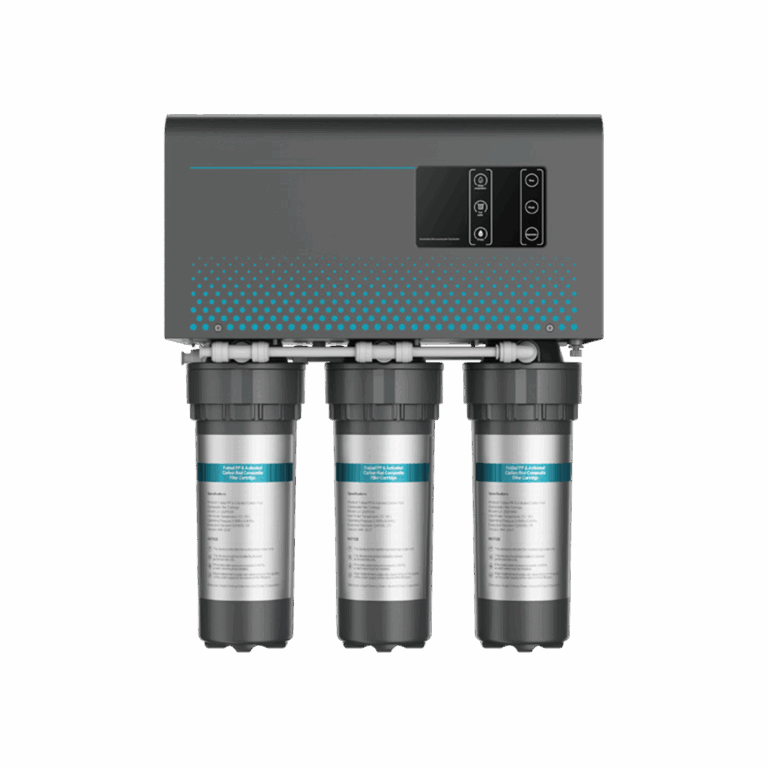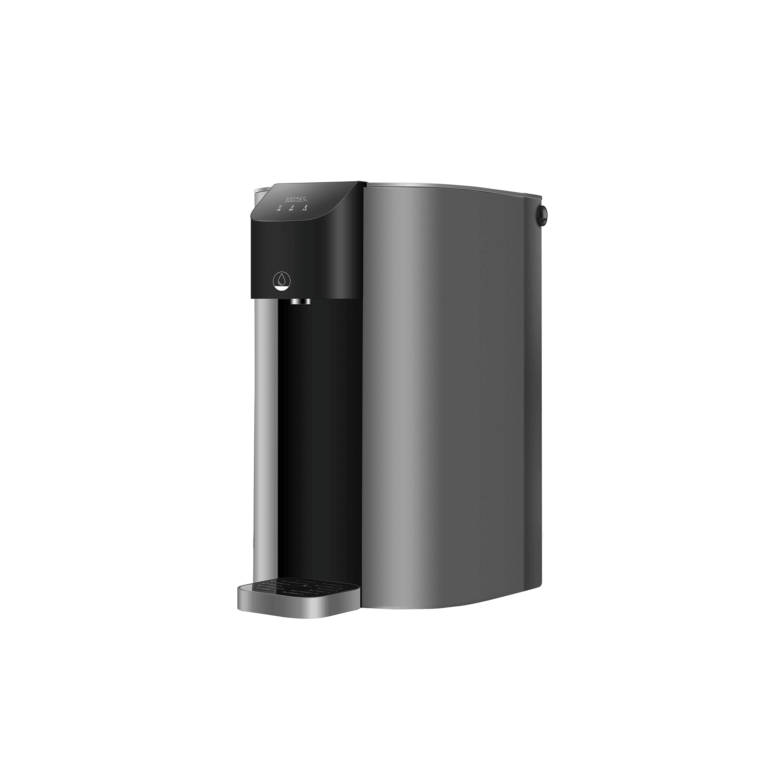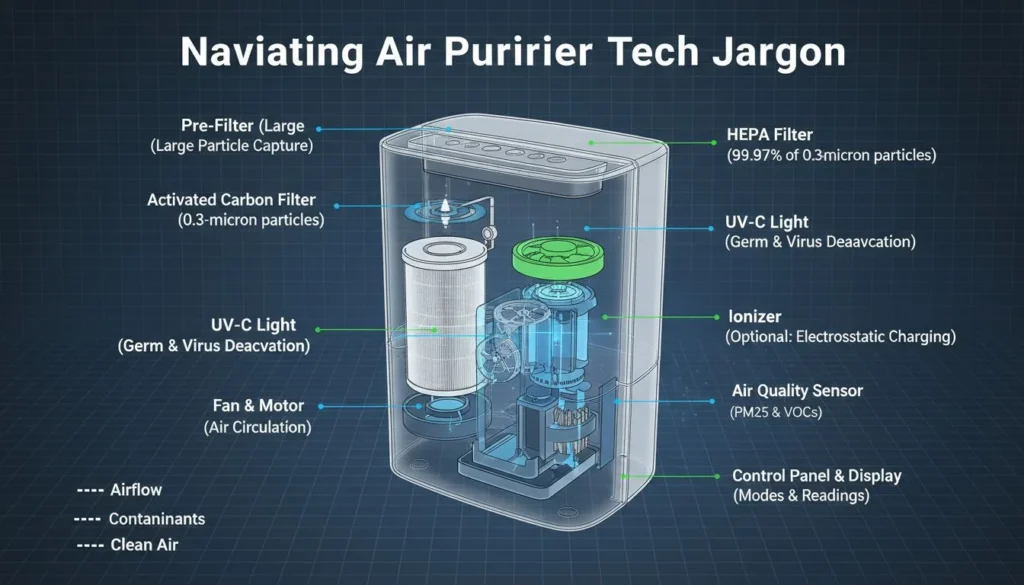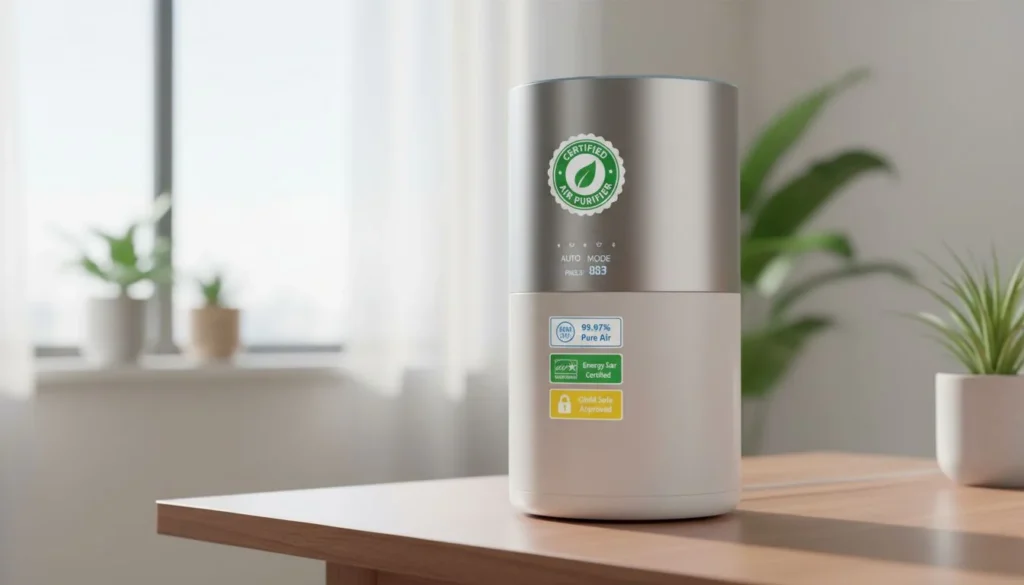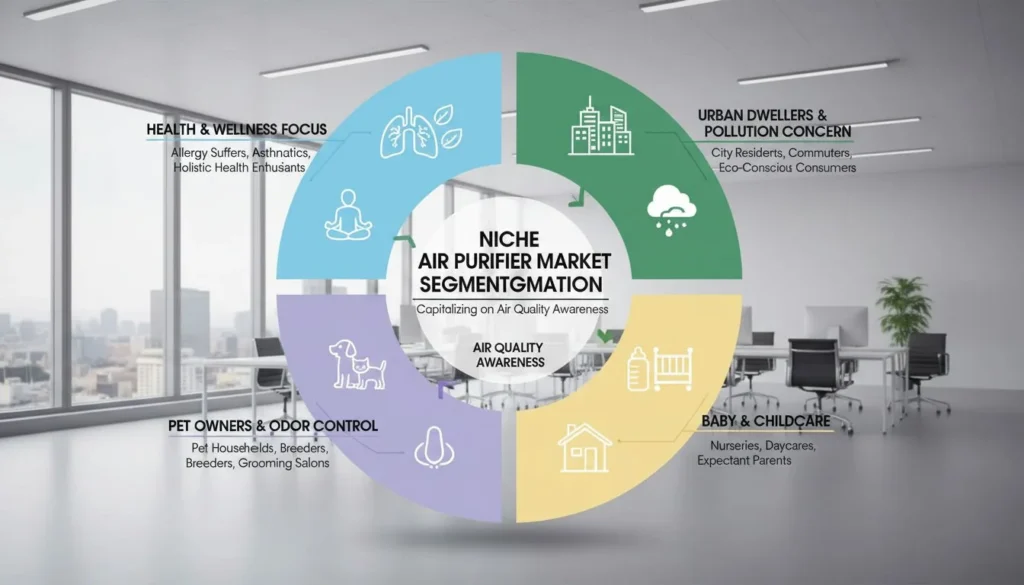
Your product design is perfect, but now you face the long wait for overseas production1. These delays can kill your launch momentum and hurt your bottom line.
To speed up overseas production, you must prepare thoroughly before ordering, make quick decisions on approvals, choose smart logistics2 like air or hybrid shipping, and partner with an experienced manufacturer. These proactive steps prevent common bottlenecks and shorten your overall timeline from order to delivery.

It sounds simple, but as a designer like you, Jacky, knows, the devil is in the details. I've spent my career in the mold and manufacturing industry, and I've seen where projects get stuck. The good news is that most delays are avoidable. You just need to know where to look and how to get ahead of them. Let's break down the common problems and the practical steps you can take to gain control of your schedule. By the end of this post, you'll have a clear action plan to get your products to market faster.
Over 75% of supply chain managers report that their companies have been impacted by significant production or shipping delays in the past two years.صحيح
Global events, port congestion, and material shortages have made delays more common than ever, making proactive planning essential.
Paying a supplier 10 days late only delays the project start by about 5 days.خطأ
A 10-day payment delay usually results in a 10-day (or longer) project delay, as suppliers will not commit funds to raw materials until the deposit is secured.
Why do delays happen and how do they hurt your business?
You think you've planned for everything, but a sudden delay throws your entire project off schedule. This is incredibly frustrating and can lead to missed retail deadlines and angry customers. Understanding the common causes of delays is the first step to preventing them.
Delays often happen due to slow payments, custom material sourcing, failed quality inspections, or logistical snags like port congestion. These issues directly impact your revenue, market share, and brand reputation by pushing back your launch and tying up your capital.

When you're a designer managing tight deadlines, a delay isn't just a minor inconvenience; it's a critical failure that can have a domino effect. I've seen it happen many times. A one-week delay in approving a material can cascade into a missed shipping window, which then adds another four weeks of transit time if you miss the boat.
The Ripple Effect of a Single Delay
The impact goes far beyond just a shifted calendar date. Let's look at the real costs. A delay means your capital is tied up in inventory that isn't selling. It can mean losing shelf space to a competitor who got there first. In the worst cases, it can lead to financial penalties from major retailers for missing delivery windows. The damage to your brand's reputation from breaking launch promises to your customers can be the most painful cost of all.
| Type of Delay | Direct Impact | Business Cost |
|---|---|---|
| Payment Delay | Production start is postponed. | Cash flow stalled, timeline shifted. |
| توريد المواد | Factory waits for custom parts. | Weeks added to production lead time. |
| Failed QC | Product requires rework or remanufacturing. | Massive time and cost increase. |
| Shipping Congestion | Goods sit at a port for weeks. | Missed launch dates, customer dissatisfaction. |
The cost of a failed final inspection can increase the total project cost by up to 30% due to rework and air freighting replacements.صحيح
Reworking or remaking a batch of products is extremely expensive, and the urgency often requires costly air freight to try and meet the original deadline.
Most overseas factories are willing to start sourcing materials before receiving a deposit to show good faith.خطأ
No factory will risk its own capital to buy materials for your project. The production clock starts when your money is in their bank, not a moment sooner.
The Power of Preparation: Are you ready before you order?
You're excited to get production started, so you rush to place the order. But I've learned that sending incomplete files or making last-minute changes causes more delays than taking an extra week to prepare. A solid pre-order checklist is your best weapon for a fast production run.
Being prepared means finalizing your design files, material choices, and quality standards before you pay the deposit. This proactive approach eliminates confusion and allows your supplier to start sourcing materials and planning production immediately, saving you valuable time right from the start.

As a designer, you know the importance of detail. Applying that same rigor to your pre-production planning is a game-changer. Before you even think about sending money, you need to have your entire package locked down. This is where you can leverage your expertise to prevent future headaches.
Your Pre-Flight Checklist for Manufacturing
Think of this as your final review before takeoff. A good supplier will provide a Design for Manufacturability (DFM) report. Your job is to review it carefully and approve it quickly. This report is their feedback on your design, often suggesting small tweaks that can make manufacturing faster and cheaper. But the biggest time-saver is often in your component choices. If speed is your top priority, you must favor standard components.
I once had a client who insisted on a specific, non-standard sensor for their electronics product. It was a great component, but it had a 10-week lead time. It held up the entire project. An experienced supplier can help you identify these potential roadblocks and suggest readily available alternatives that meet your specs.
| Component Type | Lead Time | Impact on Speed | Best For |
|---|---|---|---|
| قياسي | 1-2 Weeks | Fast | Projects where speed is the top priority. |
| مخصص | 6-12+ Weeks | Slow | Projects with unique requirements where time is not the main concern. |
Opting for standard, in-stock components can reduce the material sourcing phase by 4-6 weeks compared to using custom-ordered parts.صحيح
Standard components are already in the supply chain, while custom ones need to be scheduled for production, significantly extending the initial lead time.
A detailed DFM review process typically adds unnecessary delays to the project timeline.خطأ
While it takes a few days upfront, a thorough DFM review prevents much longer delays later by catching design flaws that would have caused issues during mass production.
Accelerate Approvals: Are you a decisive partner?
The factory sends you a T1 sample or a question about a color match. You get busy, and it sits in your inbox for a few days. Each day of indecision is a day of lost production time. Being a responsive and decisive partner is one of the most powerful ways you can speed up your own project.
To accelerate approvals, set aside time each day to respond to your supplier. The production clock often stops while they wait for your feedback on samples or material choices. Quick, clear decisions keep the momentum going and show your supplier you're a serious partner.

From my experience running a trading company, I can tell you that factories juggle multiple clients. Who do you think they prioritize? The client who responds in three hours or the one who takes three days? Your speed directly influences their speed. This partnership is built on two key elements: fast money and fast decisions.
The Two Keys: Fast Money and Fast Decisions
Let's be very clear about one thing: the production timeline does not start when you send the purchase order. It starts the moment the initial deposit hits the manufacturer's bank account. That is the signal for them to commit their own funds to buy raw materials. Any delay in paying that first invoice is a direct, day-for-day delay in your project start. It's the simplest but most overlooked way to keep things on track.
Once production is underway, the ball is often in your court. You'll get photos of the first articles (T1 samples), color swatches for approval, and packaging proofs. Every one of these is a checkpoint where production pauses, waiting for your "GO." If you provide clear, quick feedback, the factory can maintain its rhythm. If you delay, the momentum is lost, and your project might get pushed behind another client's.
Promptly paying the initial deposit can shorten the total project timeline by 1-2 weeks on average.صحيح
Many businesses delay payment, creating an immediate bottleneck. Paying on time ensures your project enters the production queue immediately, avoiding this common initial delay.
Factories often begin production while waiting for sample approval to save time.خطأ
No factory will risk mass-producing a product that hasn't been approved. They will always wait for your explicit sign-off, as the cost of rework is too high.
Choose Your Logistics Wisely: Air vs. Sea Freight?
Your products are finally manufactured and packed. But now they have to cross an ocean. Choosing the wrong shipping method can mean waiting an extra 30-40 days, completely erasing the speed you worked so hard to create during production.
Air freight is fast, taking about 5-10 days, but it is very expensive. It's best for high-value, lightweight goods or urgent batches. Sea freight is much slower, around 30-50 days, but it is far more cost-effective for bulk shipments. The right choice depends entirely on your launch strategy.

For many of my clients, especially those launching a new product, the choice isn't a simple "either/or." The high cost of air freight can kill your margins, but the slow pace of sea freight can kill your market entry. This is where I always recommend a more strategic approach that I've used to great success.
The Hybrid Strategy: Get the Best of Both Worlds
Don't think of it as one shipment. Think of it as two. For a new product launch, I advise clients to air freight a small, initial batch—maybe 10-20% of the total order. Yes, the per-unit shipping cost is high for this batch, but it gets your product into the market almost immediately. You can start selling, shipping to early adopters, gathering customer feedback, and generating cash flow.
While this is happening, the remaining 80-90% of your order is on a container ship, making its slow and steady journey across the ocean at a much lower cost. By the time your initial air-freighted stock starts to run low, the sea shipment arrives to replenish it. This strategy perfectly balances the need for speed with the need for cost control.
| الطريقة | Transit Time | Cost (per kg) | Best Use Case |
|---|---|---|---|
| Air Freight | 5-10 Days | High ($5-$10) | Urgent, high-value goods; initial launch batch. |
| Sea Freight | 30-50 Days | Low ($0.50-$1) | Bulk shipments, cost-sensitive goods. |
| Hybrid | 5-10 Days (initial) & 30-50 Days (main) | Blended | New product launches to balance speed and cost. |
Air freight is typically 5 to 10 times more expensive than sea freight per kilogram.صحيح
The speed, fuel consumption, and limited capacity of aircraft make air cargo significantly more costly than shipping via ocean container.
Modern sea freight is almost as fast as air freight, with transit times of around 15 days.خطأ
While there are expedited sea services, standard ocean transit from Asia to North America or Europe is still 30-50 days. It is never a close competitor to air freight on speed.
Plan Around the Global Calendar?
You've perfectly planned your product launch for early March, with production scheduled for January and February. What you didn't realize is that the entire country where your factory is located shuts down for two to three weeks for Chinese New Year3. Your timeline is now completely broken.
To avoid massive, multi-week delays, you must plan around major holidays like Chinese New Year (CNY), Golden Week, and other national holidays in your supplier's country. These events can shut down factories, suppliers, and ports for extended periods. A good plan accounts for these closures well in advance.

I've seen so many businesses, especially those new to importing, get burned by this. It's a painful but completely avoidable lesson. The key is to know the calendar and treat these holiday periods as black-out zones for production.
Don't Get Caught by Holiday Shutdowns
The most significant holiday to plan for is Chinese New Year, which falls in January or February. The disruption isn't just the official 7-day holiday. It's a much longer event. Factories start to slow down a week or two before as workers begin to travel home. After the holiday, it can take another week or two for the factory to ramp back up to full capacity, as many workers use this time to switch jobs. In total, you can lose 3-4 weeks of productivity.
The only way to manage this is to plan around it.
- Order Early: If you need your product in Q1, you should place your order so that production is finished and shipped before the CNY shutdown begins.
- Plan for After: If you can't ship before, then plan for your production to start after the factory is back to full strength. Don't expect anything to get done during that period.
Other holidays, like National Day Golden Week in China (the first week of October), can also cause week-long delays. A good partner will remind you of these dates, but it's your responsibility to have them on your own project calendar.
The disruption from Chinese New Year can impact production schedules for up to four weeks.صحيح
The holiday period involves pre-holiday slowdowns, the official holiday week, and a post-holiday ramp-up period, easily totaling a month of lost or reduced productivity.
For a rush fee, most factories in China will continue working through the Chinese New Year holiday.خطأ
Chinese New Year is the most important family holiday. Factories shut down completely, and it is virtually impossible to get production work done during this time, regardless of price.
Partner with an Experienced Manufacturer?
You found a supplier online with a very low price, and it seems too good to be true. It probably is. From my own journey starting in a mold factory, I can tell you that an inexperienced or disorganized supplier is the fastest way to a project filled with delays, poor quality, and communication nightmares.
An experienced manufacturer acts as a proactive partner, not just a vendor. They will help you optimize your design for speed, suggest standard components, manage a clear quality control4 process, and anticipate logistical issues. Their expertise is your shortcut to avoiding common pitfalls and delays.

Choosing the right partner is the single most important decision you will make. A great partner is an extension of your team. They are your eyes and ears on the ground. They don't just take your order; they guide you. This is where you can lean on their experience to make your own project faster and smoother.
Your Supplier Is Your Co-Pilot
A good supplier will immediately add value. They'll review your design and say, "If we use this standard motor instead of your custom spec, we can cut four weeks off the lead time." That's a partner. They will also insist on a clear Quality Control plan. It might feel like extra work upfront, but a detailed QC checklist is a massive time-saver. I work with my clients to define every tolerance, function test, and color standard before production starts. This gives the factory a clear target. It prevents a failed final inspection, which is one of the most expensive and time-consuming disasters in manufacturing, often forcing weeks of rework.
Finally, even with the best partner, you need a safety net. I always tell my clients: build a buffer into your timeline. Unexpected things happen—a customs inspection, a typhoon delaying a ship, a power outage at the factory. A timeline with zero room for error is a recipe for stress and broken promises. Plan for an extra 1-2 weeks. If you don't need it, great—you're early. If you do need it, you'll be glad it's there.
A failed final inspection can force a complete rework, adding 4-6 weeks to the project timeline.صحيح
Reworking or remanufacturing an entire production run is a time-consuming process that effectively resets a large portion of the production schedule.
The supplier with the lowest price is usually the fastest because they are hungry for business.خطأ
The lowest-priced supplier often cuts corners on management, quality control, and experience, which leads to mistakes, rework, and significant delays. Price is not an indicator of speed.
الخاتمة
Speeding up overseas production isn't about magic. It's about smart preparation, quick decisions, and choosing the right partners. Master these elements, and you will master your project timeline.
References
-
Understanding effective strategies for overseas production can help streamline your processes and avoid delays. ↩
-
Optimizing logistics is crucial for timely delivery and can significantly impact your bottom line. ↩
-
Planning around Chinese New Year is essential for avoiding significant production delays. ↩
-
Implementing effective quality control measures can prevent costly rework and ensure product quality. ↩




